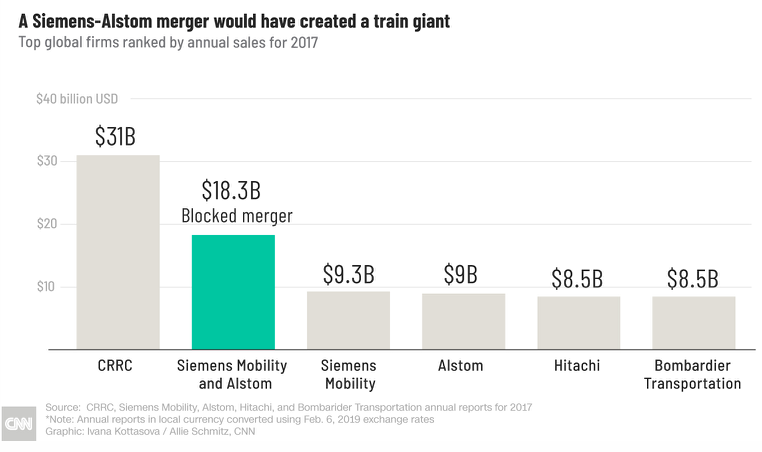February 8, 2019
This week, the director of the Washington Metropolitan Area Transit Authority (WMATA) told Congress that he has ordered the strengthening of cybersecurity requirements for its new transit procurement, but said that further attempts to ensure the survival of a domestic railcar manufacturing industry should come in the form of Congress passing a law.
In a letter dated February 6 and first obtained by Faiz Siddiqui of The Washington Post, WMATA GM Paul Wiedefeld told the chairman and ranking minority member of the Senate Banking Committee that WMATA had, on that day, amended its request for proposals (RFP) for manufacture of its next-generation, 8000-series subway cars “to include provisions addressing cybersecurity risks identified in your letter, such as requiring potential vendors to provide evidence of third-party testing of the hardware and software. In addition, WMATA will use the National Institute of Standards and Technology (NIST) Cybersecurity Framework to review and analyze all hardware and software proposed by the successful vendor for compliance with associated cybersecurity controls.”
The text of the earlier letter from Banking chairman Mike Crapo (R-ID) and ranking member Sherrod Brown (D-OH) is not available, but apparently it also addressed Buy America issues, because Wiedefeld also wrote that “unfortunately, there are currently no American-owned railcar manufacturers. There appears to be no opportunity for that to change in time for our 8000-series railcar procurement.”
CRRC, the government-owned rail manufacturing giant with $31 billion in global sales in 2017, has created a stir in the U.S. transit community by submitting ultra-low bids in Boston, Chicago and Los Angeles for new mass transit railcar procurements, which critics say is only possible because of the subsidies provided by the Chinese government. The U.S. manufacturers of freight rail cars are nervous enough about future CRRC entry into the freight car market that they got allies in Congress to put a proviso in both the House and Senate versions of last year’s fiscal 2019 transportation appropriations bill temporarily banning the use of federal mass transit money to purchase railcars from CRRC. However, an initial version of a final FY 2019 bill released by Senate appropriators a few weeks ago (and on hold pending the outcome of border wall negotiations) contained no such ban.
(See this ETW article from last summer summarizing the legislation and this Eno Center report from last September looking at the issue more broadly.)
That makes this last paragraph from Wiedefeld’s letter even more interesting:
…the concerns highlighted in your letter cannot be addressed through WMATA’s RFP or procurement process alone. Given the Congressional concerns about Chinese manufactured railcars operating in U.S. transit systems, we recommend that Congress consider leading an effort to protect critical infrastructure and U.S. railcar manufacturing using a more holistic approach, such as passing or amending federal law, rules or agreements to adequately address these concerns. We stand ready to fully assist you in this effort.
-WMATA General Manager Paul Wiedefeld, February 6, 2019
Concern about CRRC’s market dominance has grown so widespread that the proposed merger of the second- and third-largest passenger railcar manufacturers, Siemens Mobility and Alstom, was pitched as being necessary to compete with CRRC in the global market. This graph from CNN shows the relative sales sizes of the major companies:

The proposed merger was killed this week by European Union antitrust officials. An announcement by European Commissioner Margrethe Vestager, in charge of competition policy, said: “Millions of passengers across Europe rely every day on modern and safe trains. Siemens and Alstom are both champions in the rail industry. Without sufficient remedies, this merger would have resulted in higher prices for the signalling systems that keep passengers safe and for the next generations of very high-speed trains. The Commission prohibited the merger because the companies were not willing to address our serious competition concerns.”
The statement from Vestager got into specifics:
The Commission had serious concerns that the proposed transaction would significantly impede effective competition in two main areas: (i) signalling systems, which are essential to keep rail and metro travel safe by preventing collisions,and (ii) very high-speed trains, which are trains operating at speeds of 300 km per hour or more.
More specifically, the Commission’s investigation showed that:
For signalling systems, the proposed transaction would have removed a very strong competitor from several mainline and urban signalling markets.
The merged entity would have become the undisputed market leader in several mainline signalling markets, in particular in ETCS automatic train protection systems (including both the systems installed on-board a train and those placed along the tracks) in the EEA and in standalone interlocking systems in several Member States.
In metro signalling, an essential element of metro systems, the merged entity would also have become the market leader in the latest Communication-Based Train Control (CBTC) metro signalling systems.
For very high-speed rolling stock, the proposed transaction would have reduced the number of suppliers by removing one of the two largest manufacturers of this type of trains in the EEA. The merged entity would hold very high market shares both within the EEA and on a wider market also comprising the rest of the world except South Korea, Japan and China (which are not open to competition). The merged entity would have reduced competition significantly and harmed European customers. The parties did not bring forward any substantiated arguments to explain why the transaction would create merger specific efficiencies.
In all of the above markets, the competitive pressure from remaining competitors would not have been sufficient to ensure effective competition.




